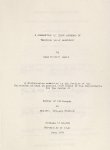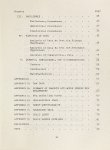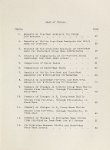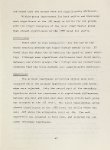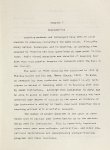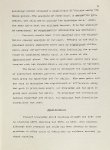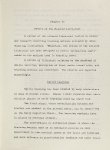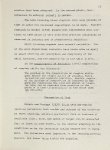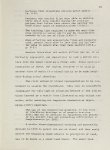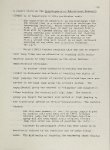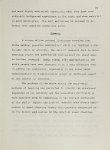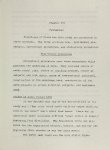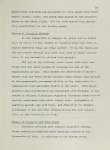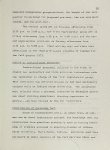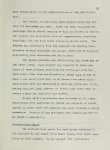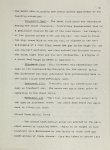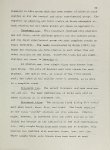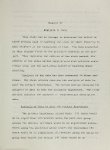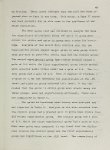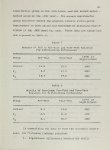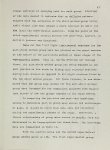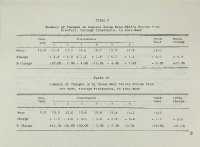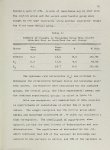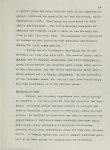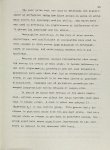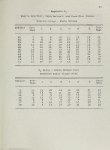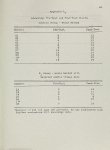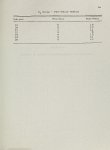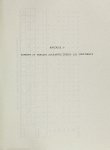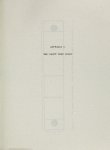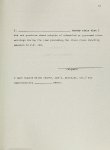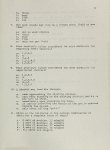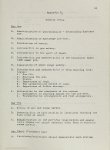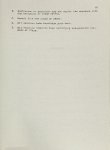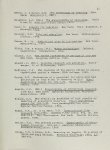| Description |
The problem was to determine which of three selected teaching methods was most effective in teaching the sport of skeet shooting to male students at the University of Utah. The three teaching methods used were the whole method, the whole method supplemented with selected audio visual aids, and the part-whole method. Hypotheses The primary hypotheses stated that there would be no significant differences among the three groups at the posttest phase of the study for either knowledge or for skills. It was also hypothesized that there would be no significant differences in group mean gain scores among the three groups. Secondary hypotheses stated that there would be no significant differences 'between pre-test and post-test scores within each of the three groups for either knowledge or for skills. Procedures Subjects utilized in the study were taken from three skeet classes during the Fall quarter 1973, at the University of Utah. Prior to commencing the study, each subject was tested for level of skills by shooting one round of skeet and for knowledge by responding to a IS-question written test. During the experimental phase of the study, each group met once each week for an instructional period. The control group was exposed to the whole method of teaching skeet shooting. The first experimental group was exposed to the whole method of teaching skeet shooting supplemented with selected audio visual aids. The second experimental group was exposed to the part-whole method of teaching skeet shooting. At the conclusion of the experimental phase, the groups were post-tested. The skills post-test consisted of each subject shooting one round of skeet. The knowledge test consisted of responding to a IS-question written test. Analysis of Data The data were analyzed to test the primary and secondary hypotheses. The Kruskal-Wallis one-way analysis of variance was used to determine significance of differences among the groups. The analysis of covariance was used to analyze knowledge data. The mean gains test was utilized to determine the significance of differences among the gain in mean scores. The Walsh test was used to determine the significance of differences between pre-test and post-test scores within each group. Findings There were significant differences found among the knowledge post-test scores, although follow-up testing indicated that the groups were not significantly different. Within-group improvement for both skills and knowledge were significant at the .05 level or better for all 'groups with the single exception of the first experimental group that showed significance at the .055 level for skills. Conclusions There were no real indications that anyone of the three teching methods was significantly better at the .05 level than the other two in teaching the sport of skeet shooting. Although some significant differences were found among, between, and within groups, the findings did not collectively indicate that the three methods were significantly different. Hypotheses The primary hypotheses concerning skills were both accepted while the primary hypotheses concerned with knowledge were rejected. Only the second part/of the secondary hypotheses which was concerned with significant differences between pretest and post-test mean scores within each group was accepted at the .05 level. The first experimental group showed significance at the .055 level for skills which was only .005 above the acceptable level of .05. The null hypothesis was accepted in this case, and rejected for all other secondary hypotheses. |


